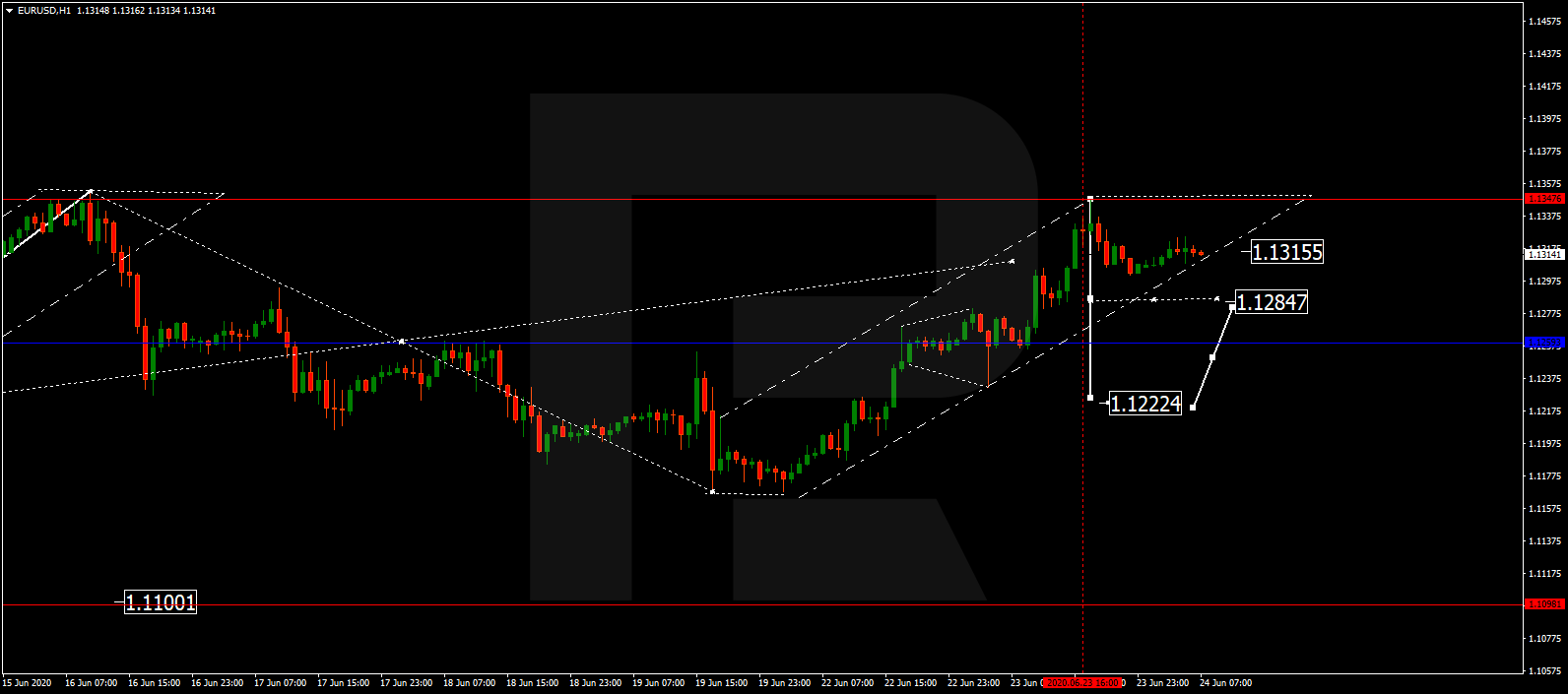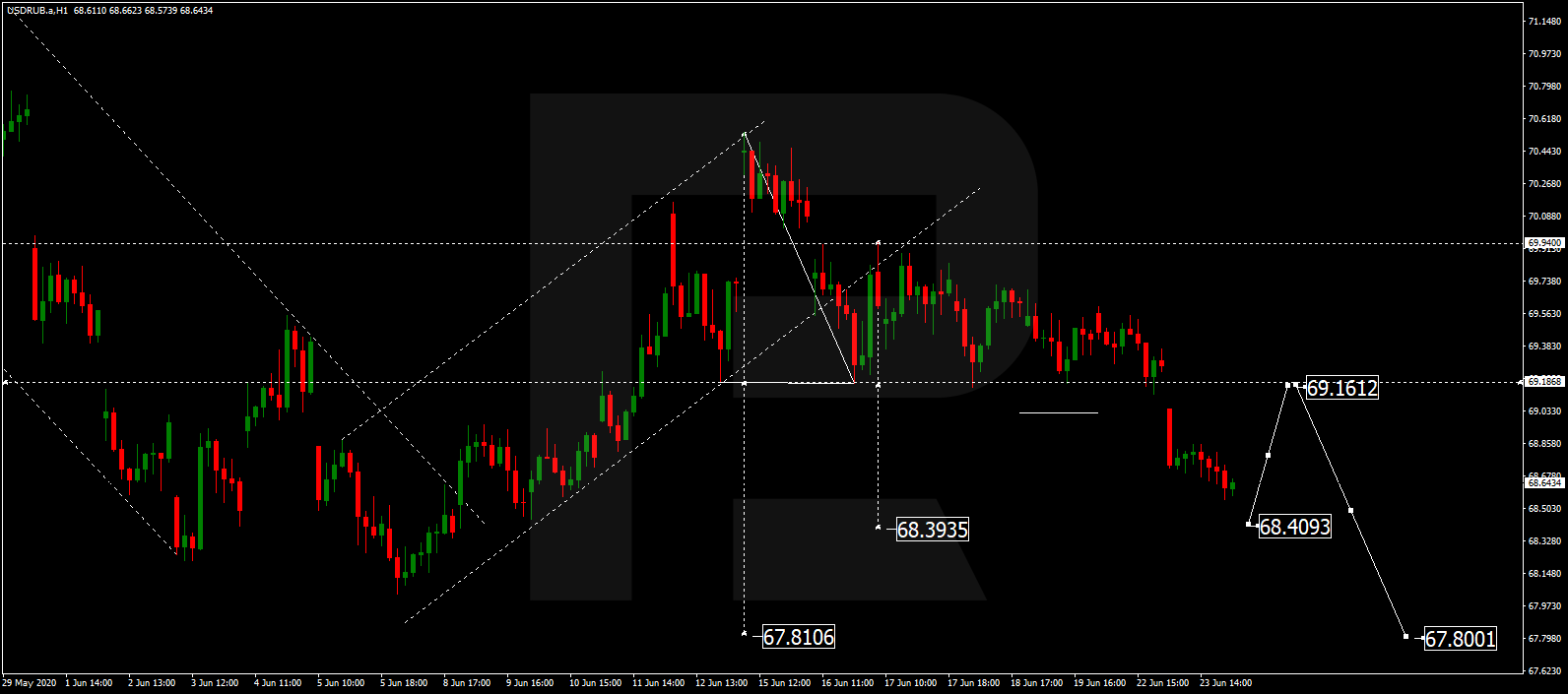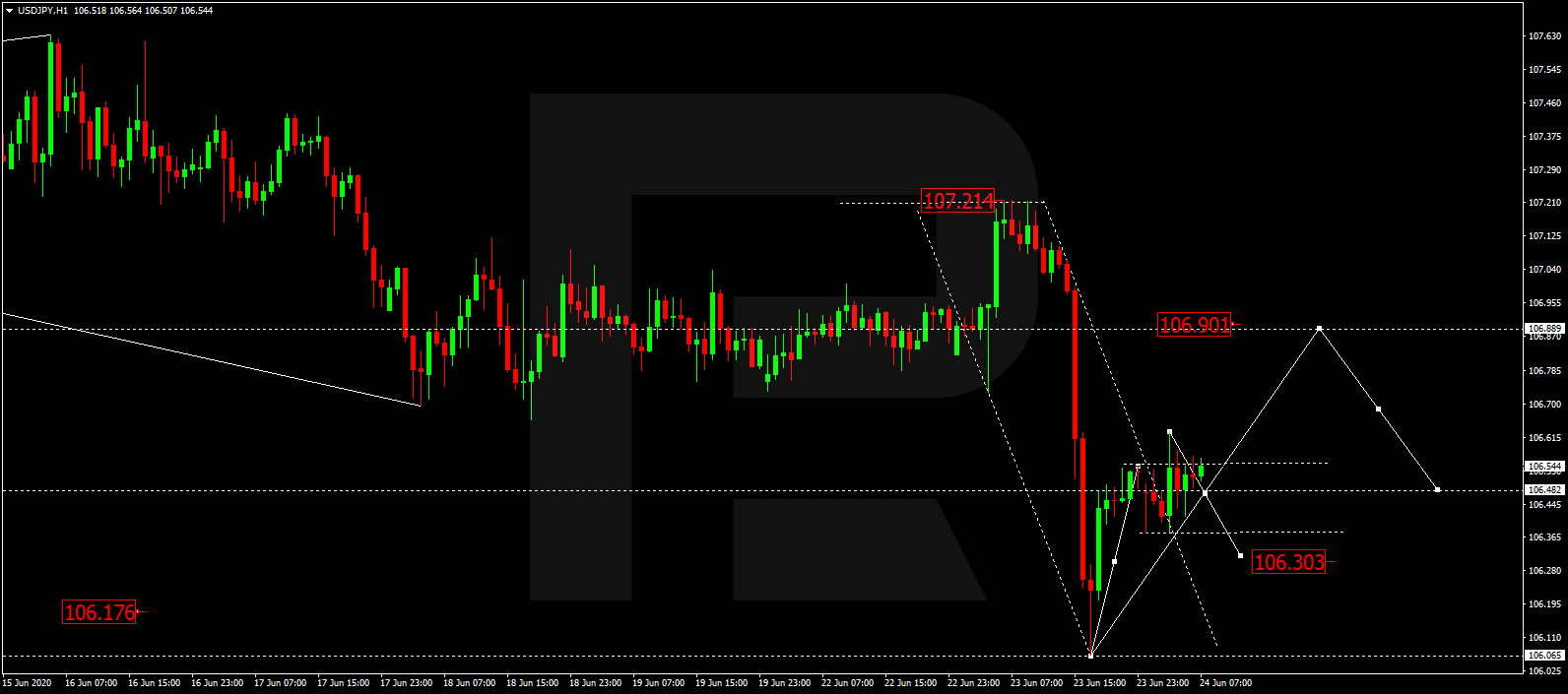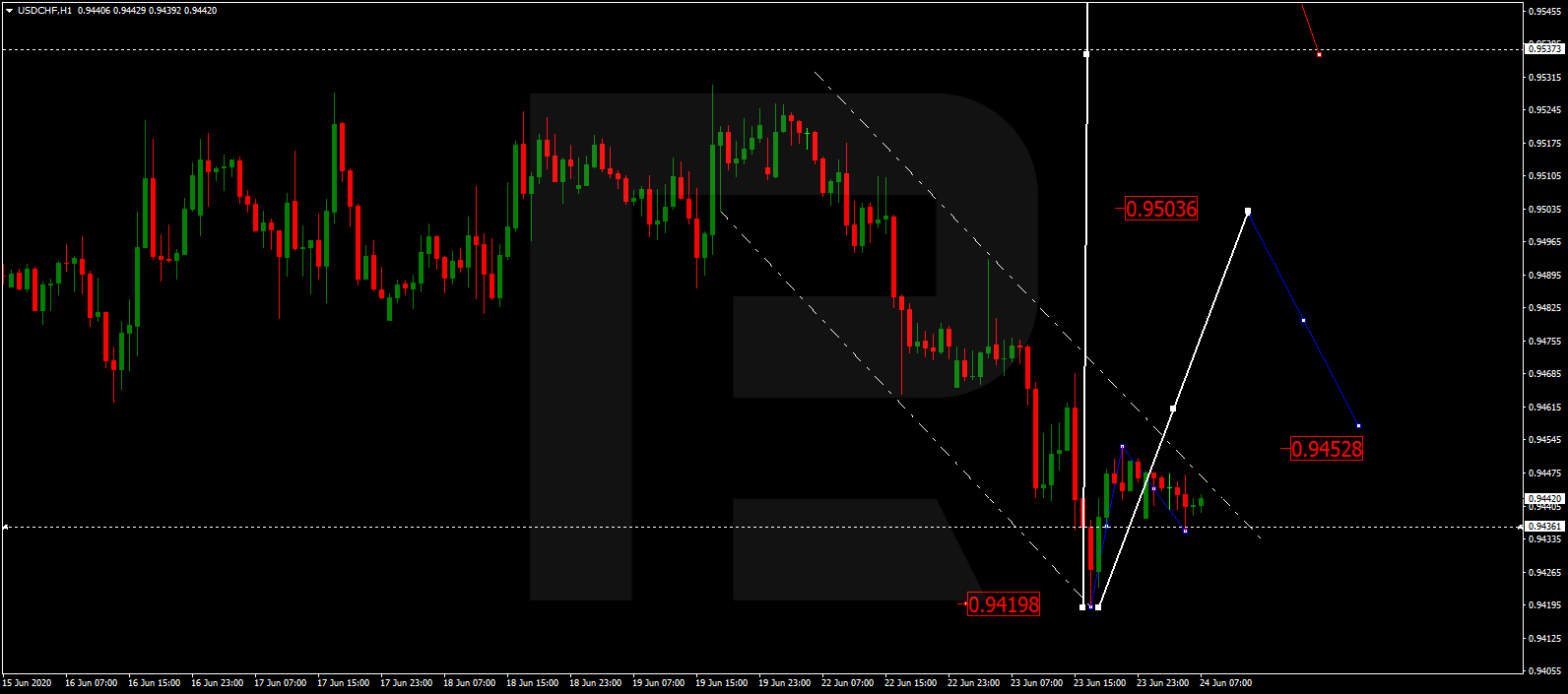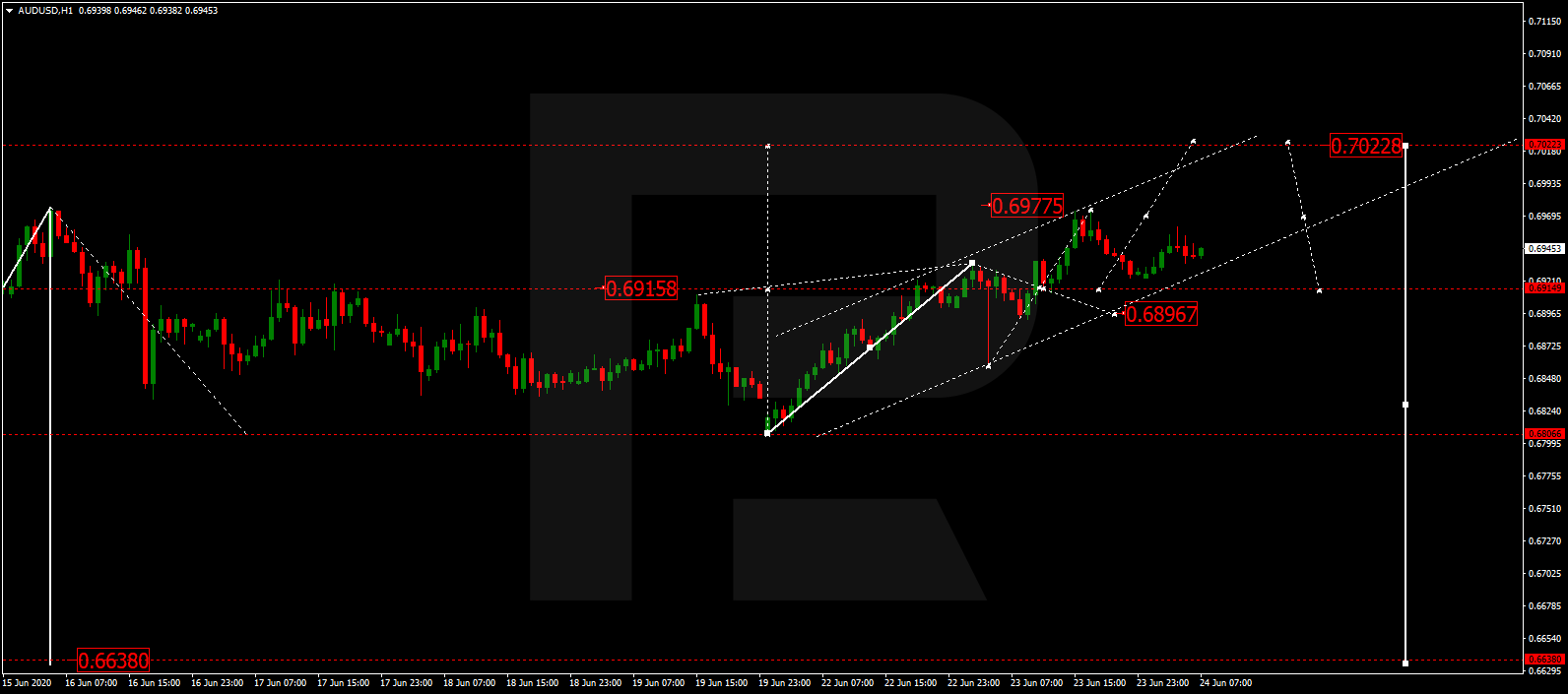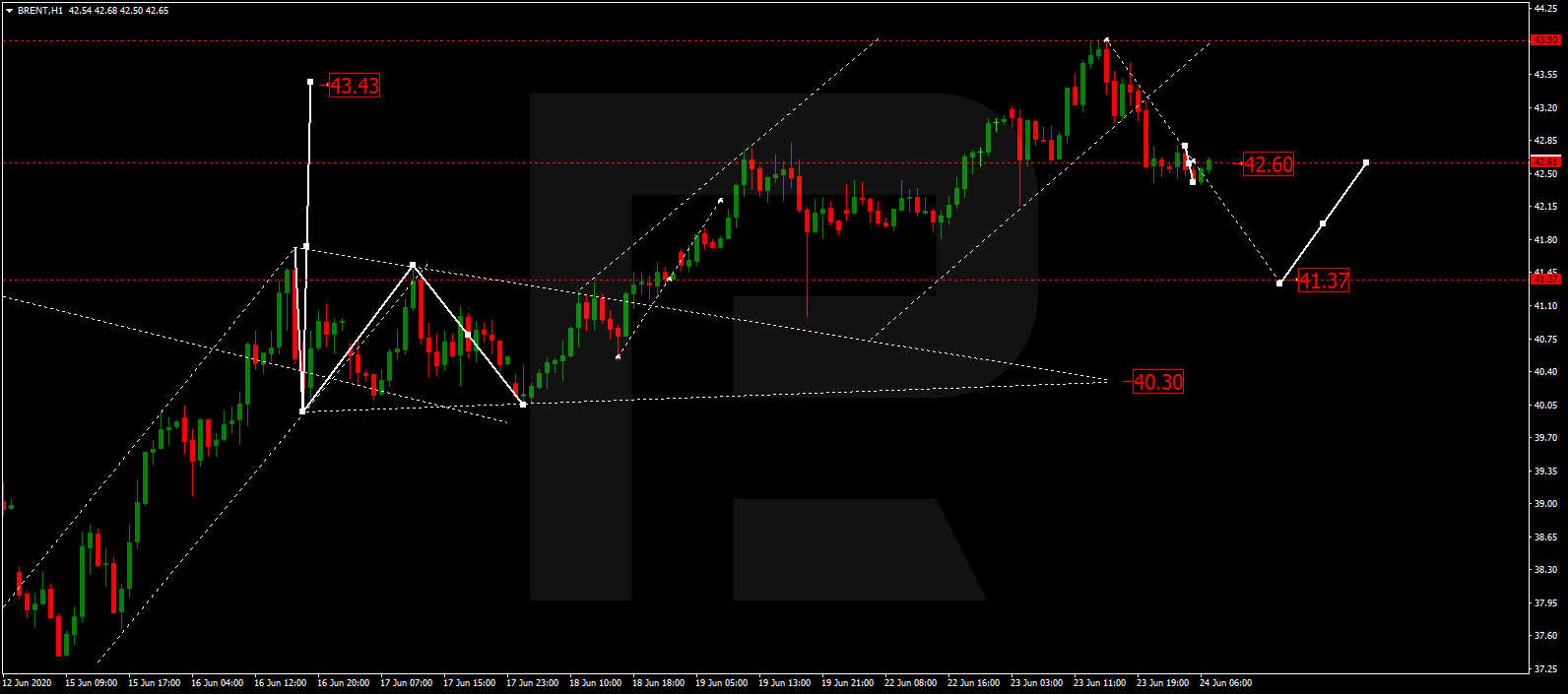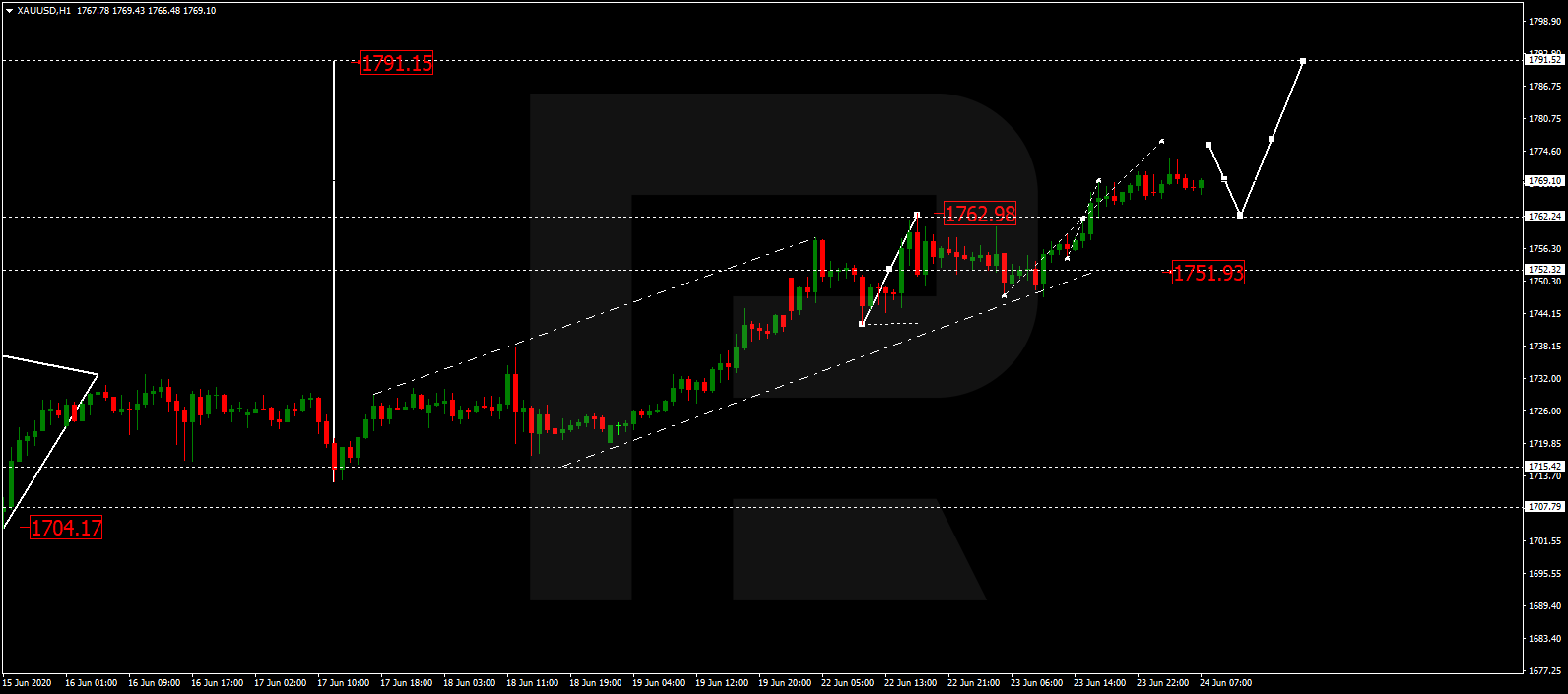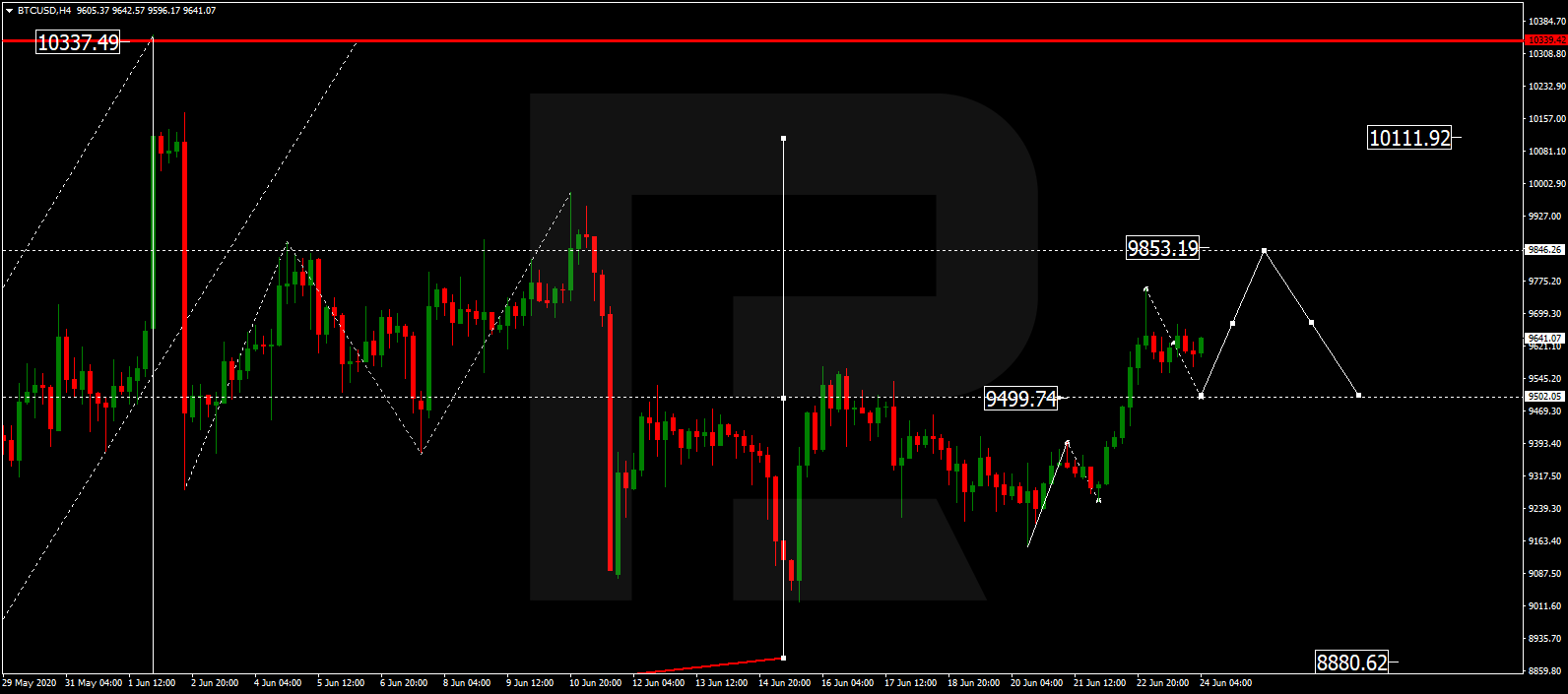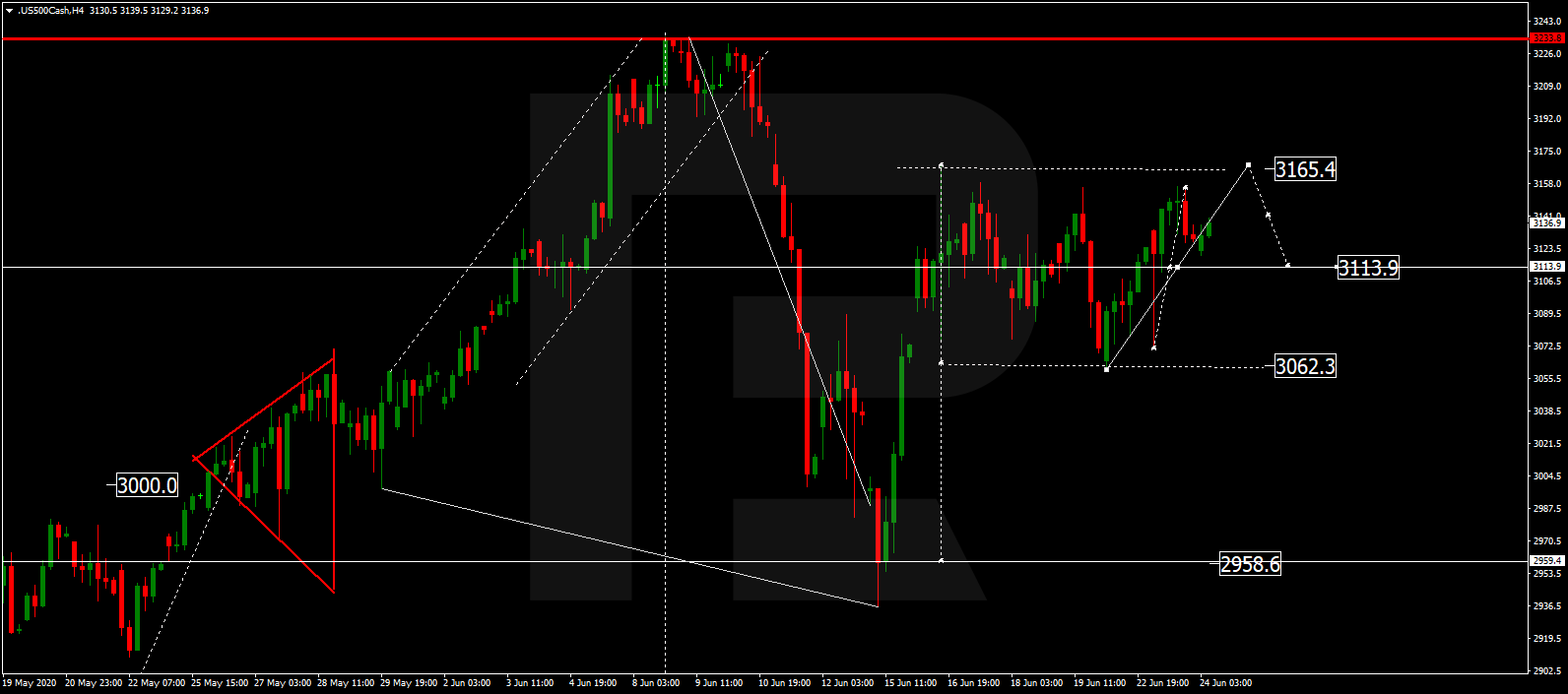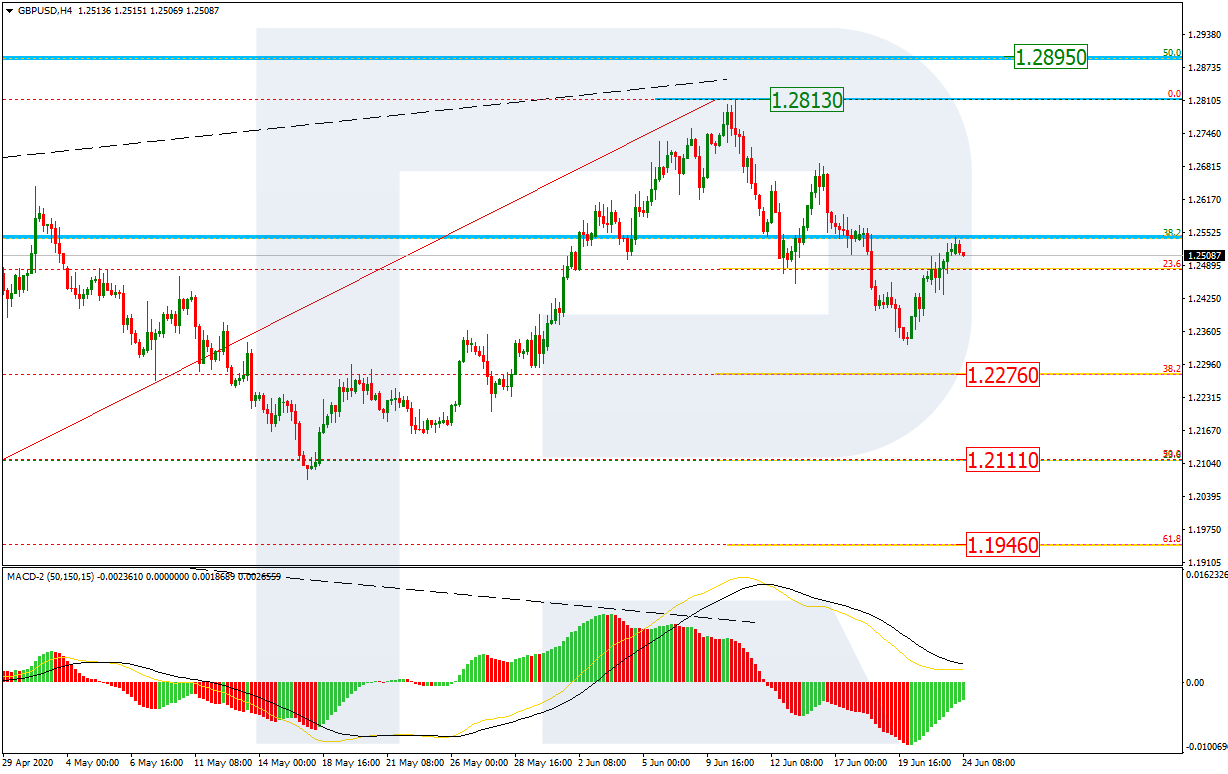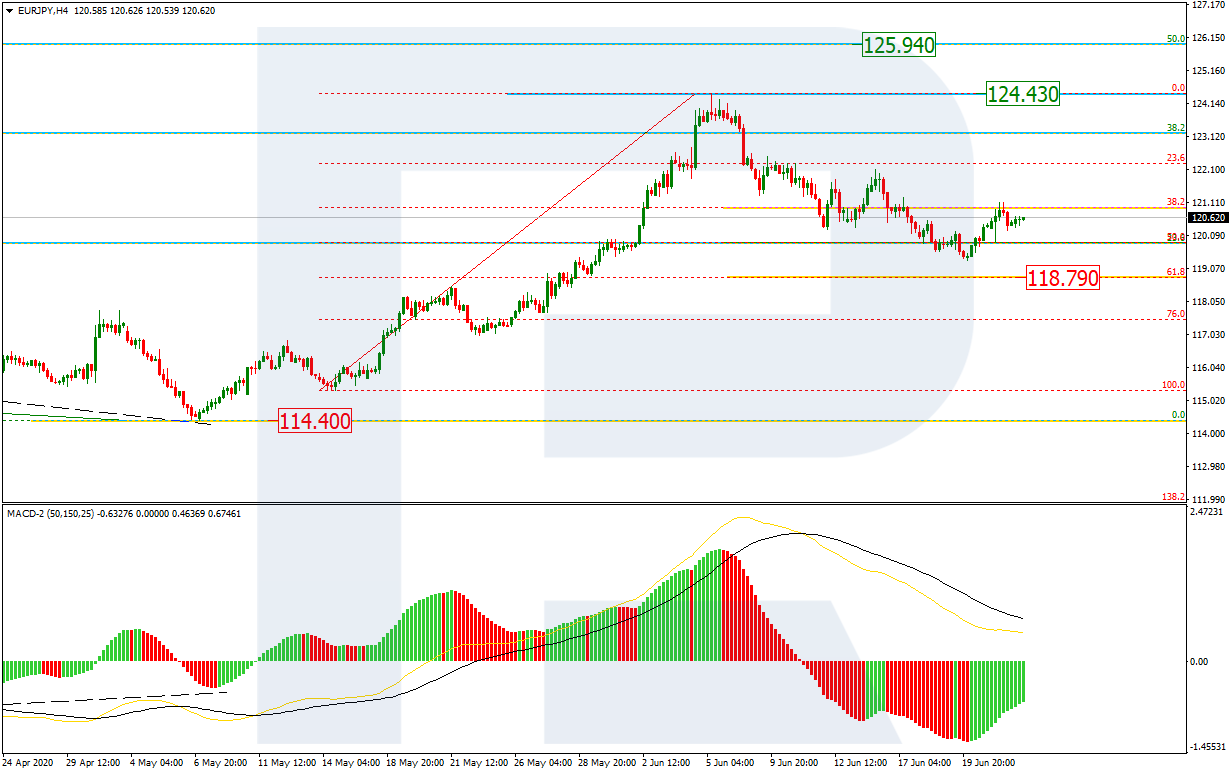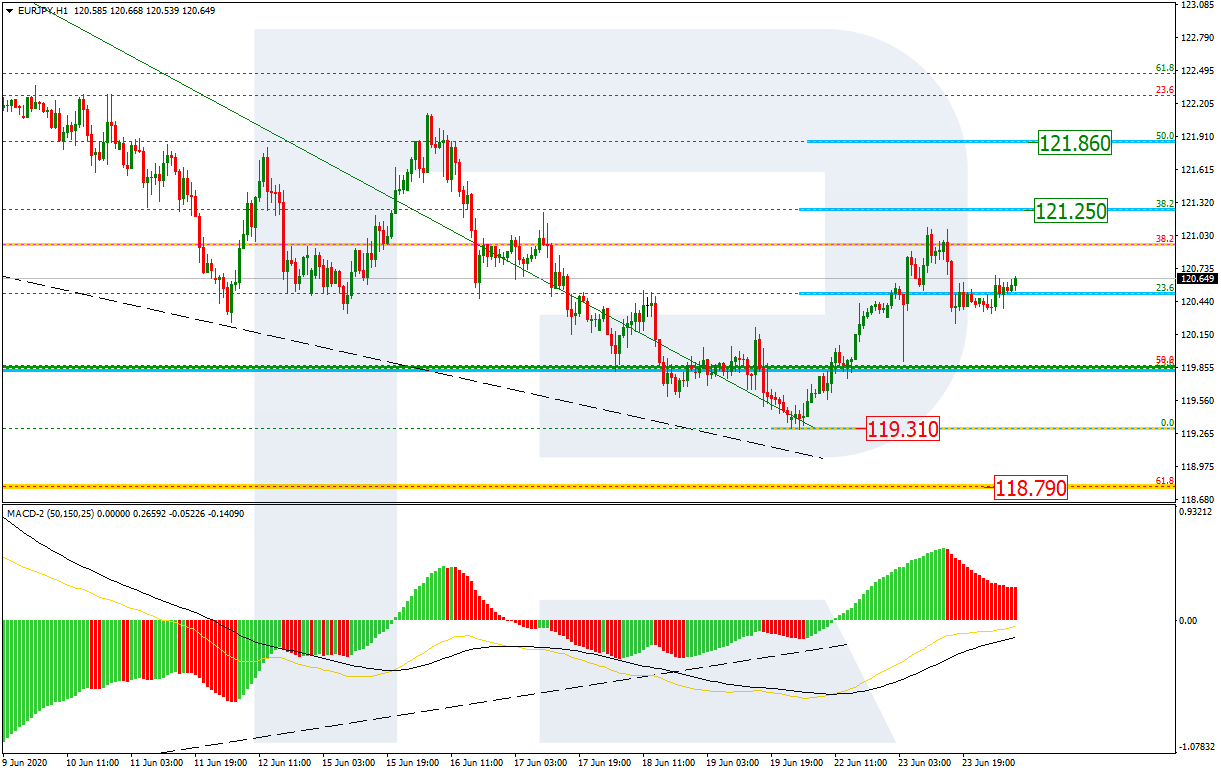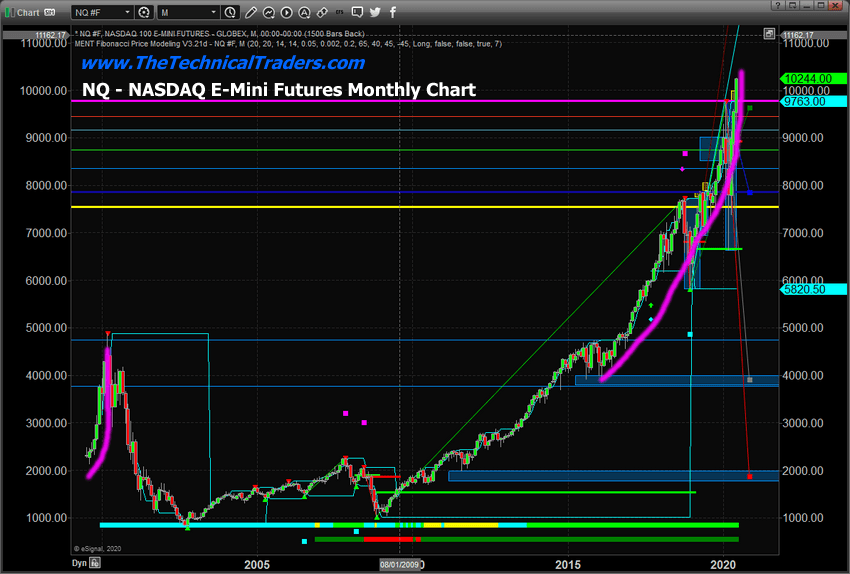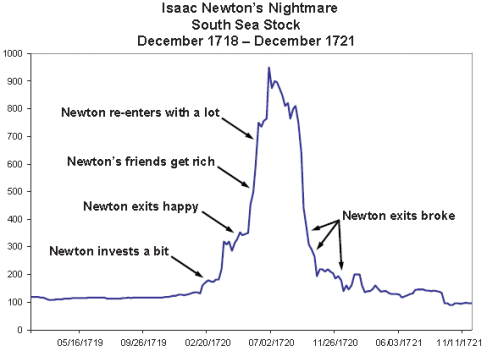by JustForex
The EUR/USD currency pair
- Prev Open: 1.12612
- Open: 1.13080
- % chg. over the last day: +0.43
- Day’s range: 1.12870 – 1.13250
- 52 wk range: 1.0777 – 1.1494
The single currency has continued to grow against the greenback. Since the beginning of this week, quotes growth has exceeded 150 points. Yesterday, the euro was supported by optimistic data on economic activity in Germany and the Eurozone. The demand for risky currencies has resumed after comments by White House Trading Adviser Peter Navarro. The official said that the trade deal with China remains in force. At the moment, EUR/USD quotes are consolidating in the range of 1.1285-1.1325. A trading instrument has the potential for further recovery. Positions should be opened from key levels.
- At 11:00 (GMT+3:00), the German IFO business climate index will be published.

Indicators signal the power of buyers: the price has fixed above 50 MA and 100 MA.
The MACD histogram is in the positive zone, but below the signal line, which gives a weak signal to buy EUR/USD.
Stochastic Oscillator is in the neutral zone, the %K line is below the %D line, which indicates the bearish sentiment.
- Support levels: 1.1285, 1.1255, 1.1220
- Resistance levels: 1.1325, 1.1350, 1.1400
If the price fixes above 1.1325, further growth of EUR/USD quotes is expected. The movement is tending to 1.1350-1.1380.
An alternative could be a decrease in the EUR/USD currency pair to 1.1255-1.1220.
The GBP/USD currency pair
- Prev Open: 1.24582
- Open: 1.25085
- % chg. over the last day: +0.45
- Day’s range: 1.24656 – 1.25427
- 52 wk range: 1.1466 – 1.3516
The GBP/USD currency pair is in a sideways trend. There is no defined trend. GBP/USD quotes are testing the following key support and resistance levels: 1.2450 and 1.2530, respectively. A further increase in the British pound against the US currency is possible. Yesterday, a series of optimistic data on UK economic activity was published, which supports the British pound. Positions should be opened from key levels.
Today, the news feed on the UK economy is calm.

Indicators do not give accurate signals: the price has crossed 50 MA and 100 MA.
The MACD histogram is in the positive zone, but below the signal line, which gives a weak signal to buy GBP/USD.
Stochastic Oscillator is near the oversold zone, the %K line has crossed the %D line. There are no signals at the moment.
- Support levels: 1.2450, 1.2380, 1.2335
- Resistance levels: 1.2530, 1.2585, 1.2670
If the price fixes above 1.2530, further growth of GBP/USD quotes is expected. The movement is tending to 1.2580-1.2620.
An alternative could be a decrease in the GBP/USD currency pair to 1.2400-1.2370.
The USD/CAD currency pair
- Prev Open: 1.35198
- Open: 1.35518
- % chg. over the last day: +0.19
- Day’s range: 1.35277 – 1.35832
- 52 wk range: 1.2949 – 1.4668
The loonie continues to be traded in a prolonged flat. The technical pattern is ambiguous. Financial market participants expect additional drivers. At the moment, the following local support and resistance levels can be distinguished: 1.3530 and 1.3580, respectively. We recommend paying attention to the dynamics of “black gold” prices. Positions should be opened from key levels.
The news feed on Canada’s economy is calm.

Indicators do not give accurate signals: the price has crossed 50 MA and 100 MA.
The MACD histogram has started rising, which indicates the development of bullish sentiment.
Stochastic Oscillator is in the neutral zone, the %K line has crossed the %D line. There are no signals at the moment.
- Support levels: 1.3530, 1.3490, 1.3455
- Resistance levels: 1.3580, 1.3625, 1.3680
If the price fixes below 1.3530, USD/CAD quotes are expected to fall. The movement is tending to 1.3490-1.3455.
An alternative could be the growth of the USD/CAD currency pair to 1.3625-1.3650.
The USD/JPY currency pair
- Prev Open: 106.882
- Open: 106.512
- % chg. over the last day: -0.34
- Day’s range: 106.385 – 106.645
- 52 wk range: 101.19 – 112.41
Yesterday, there were aggressive sales on the USD/JPY currency pair. The trading instrument has overcome and fixed below the key extremes. At the moment, USD/JPY quotes are consolidating. The local support and resistance levels are 106.40 and 106.65, respectively. The technical pattern signals a further decline in the trading instrument. We recommend paying attention to the dynamics of US government bonds yield. Positions should be opened from key levels.
The news feed on Japan’s economy is calm.

Indicators signal the power of sellers: the price has fixed below 50 MA and 100 MA.
The MACD histogram is in the negative zone, but above the signal line, which gives a weak signal to sell USD/JPY.
Stochastic Oscillator is in the neutral zone, the %K line is below the %D line, which also indicates the bearish sentiment.
- Support levels: 106.40, 106.10, 105.80
- Resistance levels: 106.65, 106.80, 107.05
If the price fixes below 106.40, a further drop in USD/JPY quotes is expected. The movement is tending to 106.10-105.80.
An alternative could be the growth of the USD/JPY currency pair to 106.90-107.10.
by JustForex
